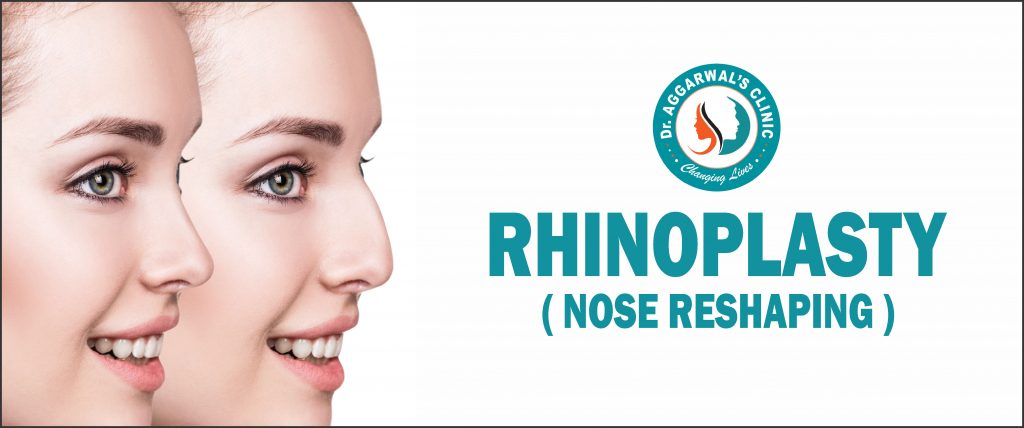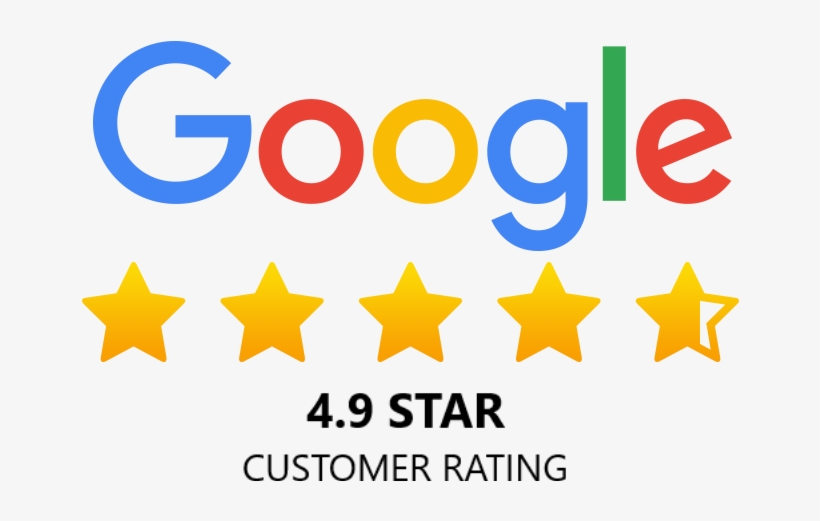Rhinoplasty (Nose Surgery) in jodhpur

Meet Our Team of Experts.
Dr. Karun Aggarwal is amongst one of the best Hair doctor in Jodhpur and this is claimed not only by us but also by many of his former and current patients. He is cited as one of the best for Hair Transplant in Jodhpur and can provide many types of Hair Loss Treatment in Jodhpur itself. He has completed his post graduation in facial plastic and maxillofacial surgery in 2011. He did his fellowship in Aesthetic Medicine and Laser from Germany and is a very trusted Facial Plastic Surgeon and Hair doctor in Jodhpur. Dr. Aggarwal is also a very experienced doctor for all types of hair problems and is a certified trichology expert who has performed many hair transplant surgeries successfully. He is one of the few doctors whose experience is coupled with genuine concern for his patients.
Meet Our Team of Experts.
Dr. Karun Aggarwal is amongst one of the best Hair doctor in Jodhpur and this is claimed not only by us but also by many of his former and current patients. He is cited as one of the best for Hair Transplant in Jodhpur and can provide many types of Hair Loss Treatment in Jodhpur itself. He has completed his post graduation in facial plastic and maxillofacial surgery in 2011. He did his fellowship in Aesthetic Medicine and Laser from Germany and is a very trusted Facial Plastic Surgeon and Hair doctor in Jodhpur. Dr. Aggarwal is also a very experienced doctor for all types of hair problems and is a certified trichology expert who has performed many hair transplant surgeries successfully. He is one of the few doctors whose experience is coupled with genuine concern for his patients.
Nose Reshaping (Rhinoplasty)
In very simple terms, rhinoplasty or nose job is the surgery by which the shape of the nose can be changed. The surgery could be conducted for cosmetic or medical purposes, such as better breathing. The procedure can be used to improve the bone, the cartilage, the skin or the nose, or even all three of them. The rhinoplasty surgery cost in India depends on many factors – extent of the job, technique used, kind of problem like saddle nose or crooked nose, the surgeon and location.
Though the costs are very affordable specially at our clinic in Delhi and Ludhiana – the broad range is around INR 75000 or USD 1300 for moderate work. Rhinoplasty Surgery can achieve the following changes:
- Nose width or position of nostrils
- Size in proportion to the face
- Significantly improving crooked or saddle nose
- Any asymmetry of the nose
- Any visible humps or depressions of the nose
Types Of Rhinoplasty
Open Rhinoplasty
A small incision is made on the columella, which is the exterior part of the septum. This incision is made in addition to the normal incisions that would be made for such a procedure.
Before Rhinoplasty Surgery
Before your surgeon can get you started on your procedure, you will be asked several questions about your health in general. Your medical history will be looked into, in detail, and if you have or have had any serious medical condition, you will need to mention the same.
You will have to undergo a thorough medical examination to ensure that you are physically fit for the procedure. These tests will include blood tests, heart functions and sugar levels. You blood will be checked and your medications will also have to be monitored.
If you are a smoker, you will be asked to refrain from doing so, a few weeks prior to the surgery. You might also be asked to avoid medications such as aspirin, as these could lead to increased bleeding.
During Rhinoplasty Surgery
- Anaesthesia – The patient will be administered either general anaesthesia or sedation to ensure complete comfort during the procedure.
- Incision – Irrespective of whether the surgeon is performing an open or closed rhinoplasty, there will be incisions. The only difference is where the incisions will be placed. Once the incisions have been made, the surgeon will be able to raise the nasal bones and cartilage.
- Reshaping – If the nose is too large, some of the bone or cartilage will be removed. Alternately, if the nose is too small, grafts will have to be taken from other parts of the body. Grafts can be taken from the septum, rib cage or ears.
- Correcting a deviated septum – If it is the septum that has suffered damage, then the same is straightened out.
- Closing the incision – Inside or outside, the incisions are then closed up. The nose will have been sculpted to the desired shape, and the skin will be pulled up before closure.
After Rhinoplasty Surgery
Most surgeons will place a splint or some sort of bandaging inside your nose, immediately after the surgery, to ensure that the repaired portion has sufficient support. These supports will be left inside till the time the healing is complete. Although the initial swelling will reduce in a matter of days, the actual reshaping will take time to settle in. Over a period of time, the shaping will start to become more obvious. There are specific things that need to be kept in mind while recovering from rhinoplasty and these include:
- You will be told how to clean and care for the site, immediately after surgery
- You will need to make sure that you take all your medications on time, including the oral and topical ones
- Your doctor will advise you on how to keep a look out for potential infection or trouble
- You will also be advised about when to meet the doctor for regular follow-ups
- It is just as important that you ask your doctor about how and when you can return to your normal routines, including exercise
Closed Rhinoplasty
The entire procedure is performed inside the nose and there are no cuts or incisions on the columella.It is the mainly the columellar incision that differentiates the open and closed versions of the rhinoplasty, however, there are a few other differences in the closed version, such as:
- Lesser incisions, which means lesser sutures
- More possibilities for technical variations
- Lesser edema post-surgery
- Lesser chances of causing unwanted damage to the nasal area
- Lesser time in the operating room and faster recovery
- Lesser scarring
Primary
The very first time a rhinoplasty is conducted for either better functioning, reconstruction or correction.
Secondary
When a second rhinoplasty has to be conducted, because the primary surgery did not have the desired results. This is also known as revision rhinoplasty. Normally, secondary rhinoplasty procedures are much more complicated, because for the first one, the actual structure of the nose would have been altered. So, in order to have the desired results, the surgeon will have to recreate the support systems from scratch. The cartilage for the grafts might have to be harvested from the rib cage or the ears.
Nasal Reconstruction
As the name suggests, this type of surgery is about reconstructing what might have gotten damaged. The damage could include displaced or broken bones in the nose, displaced cartilage, collapsed nasal bridges, defects that have been present since birth, autoimmune disorders, trauma or accident as well as failure in the primary surgery.
Non-surgical rhinoplasty
Non-surgical rhinoplasty is yet another medical procedure, in which fillers are used, which can be injected into the nose. These fillers can either change or simply shape the nose, without any incisions or sutures. If there are any depressed areas of the nose, these fillers are injected to create a rise. This means that this procedure can be used only to increase the size of the nose, but not reduce it. At times, the procedure is used to ease out breathing difficulties.
Possible Risks
As is the case with any surgery, there are a few risks with rhinoplasty too, and some of them include:
- Bleeding and recurring nosebleeds
- Septal perforation
- Infection or allergy to medical material used including anaesthesia
- Uneven looking nose
- Breathing trouble
- Pain or swelling that does not go down
- Loss of sensation in or around the nose
- Scars
Frequently Asked Questions
We strive to provide highest quality at affordable cost with hygiene and imported equipments
Is There An Age Limit For Blepharoplasty?
While there is no specific age limit for the procedure, the requirement for the same normally comes with old age.
Will Blepharoplasty Take Care Of The Wrinkles And Crows’ Feet Around My Eyes?
No; blepharoplasty is meant to correct only the eyelids, which means that it cannot take care of wrinkles or crows’ feet. There are other procedures for such issues.
Will Blepharoplasty Take Care Of The Dark Circles Under My Eyes?
Dark circles have nothing to do with the dark skin under the eyes, which is why treating the eyelids will have no effect on the colouring of the skin.
Will The Effects Of Blepharoplasty Be Permanent?
While the effects might not be permanent, it will last a really long time. With age, the eyelids will start drooping again and a repeat surgery might be required.
Will Insurance Cover My Blepharoplasty Bill?
Drooping eyelids could hamper vision, which is why, certain insurance companies will cover the same.



